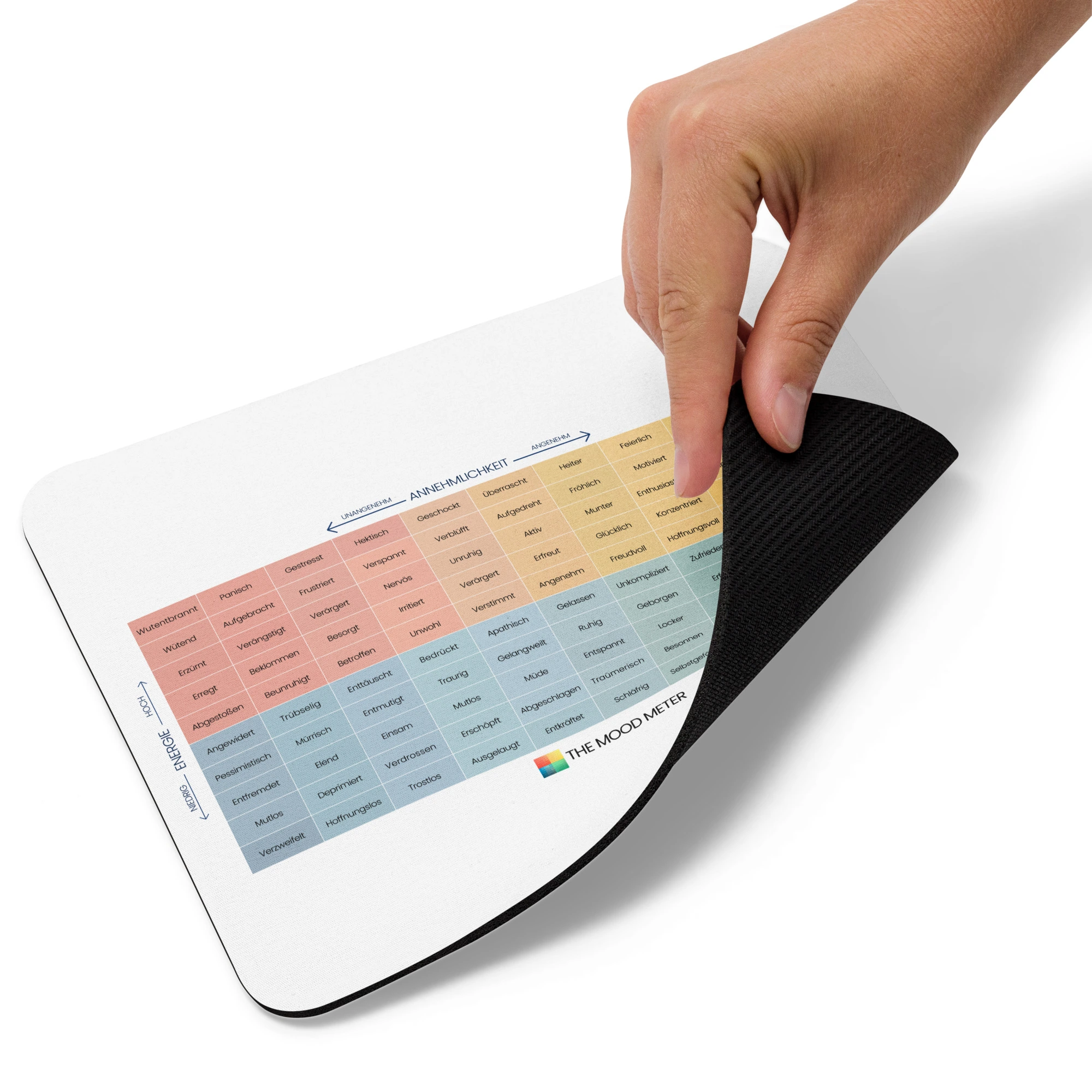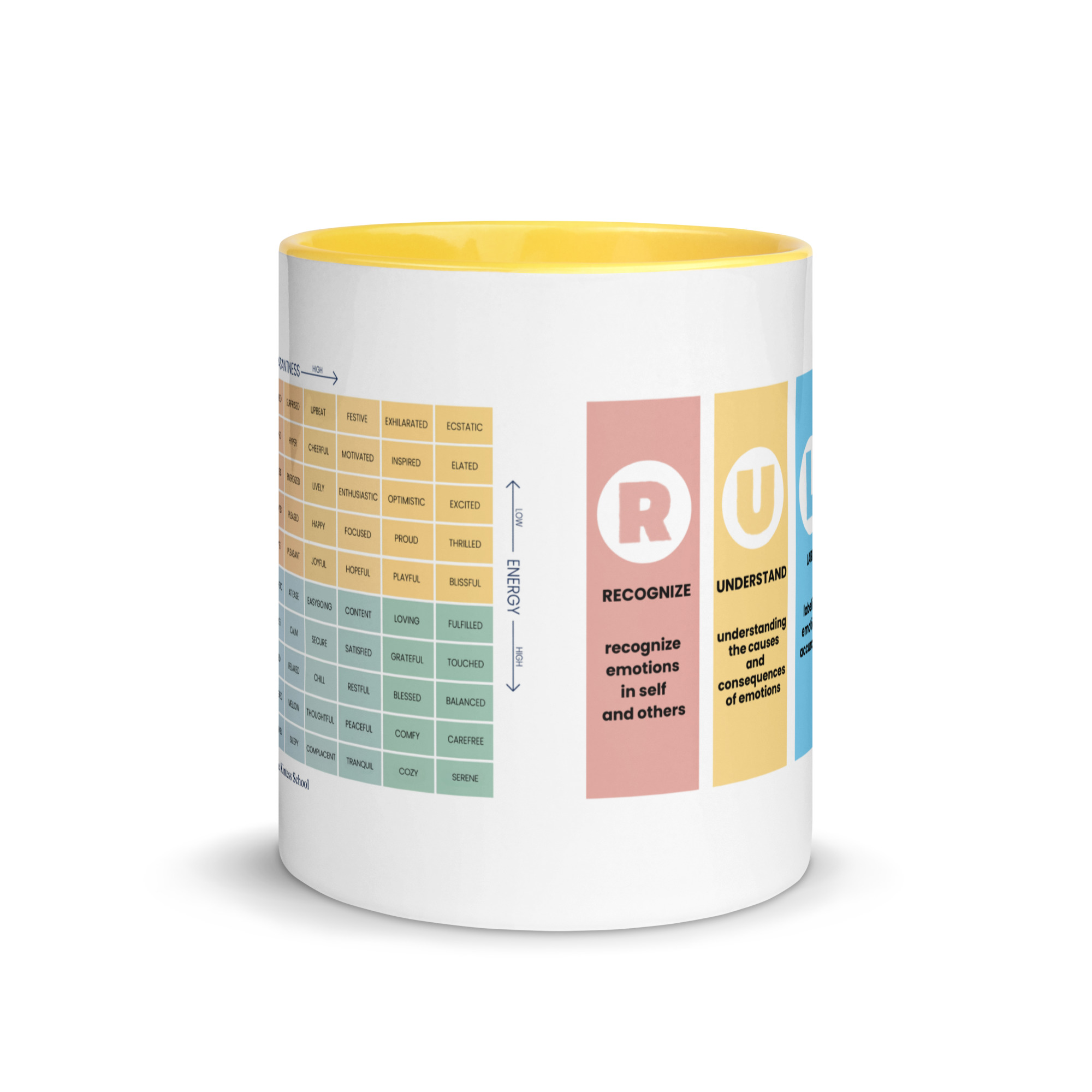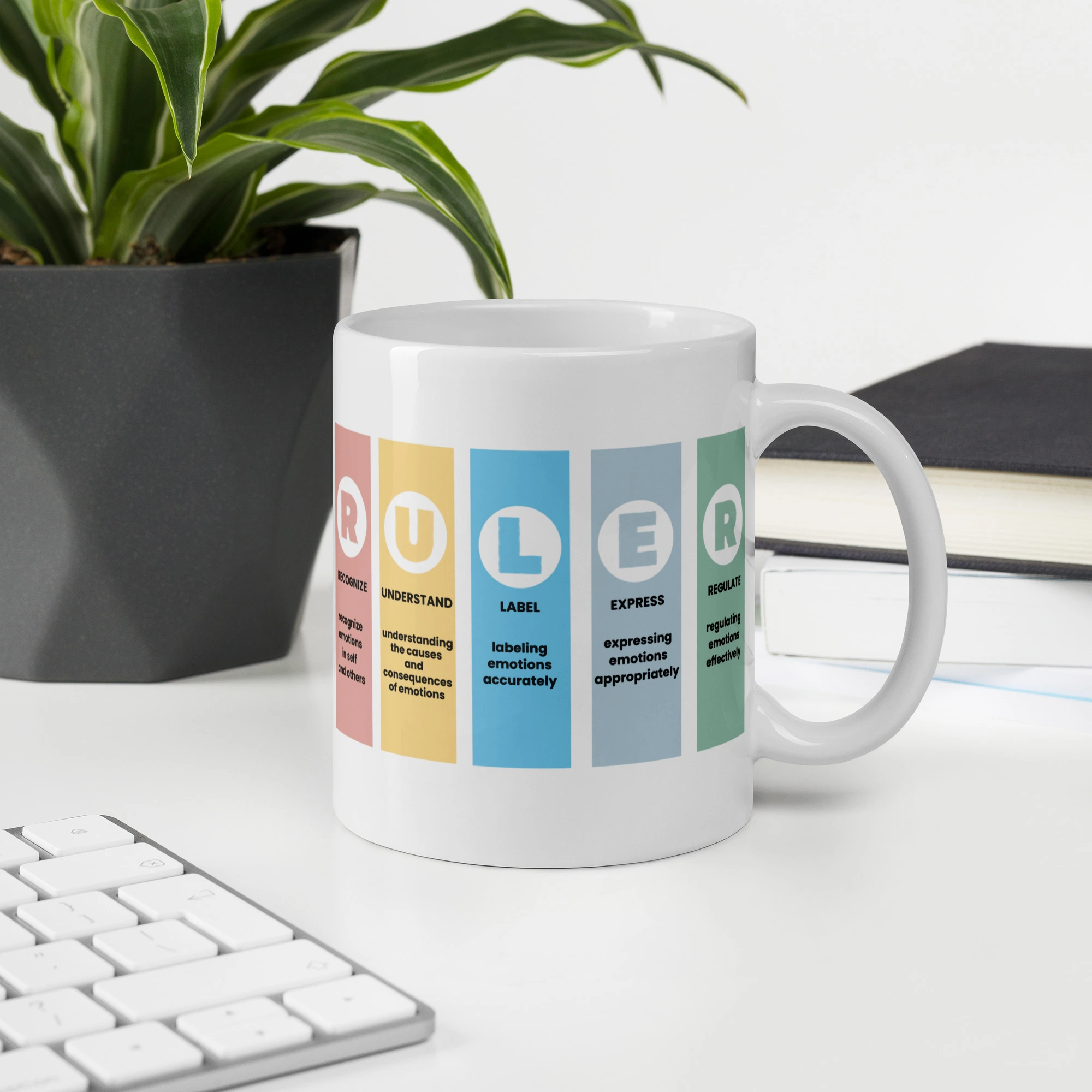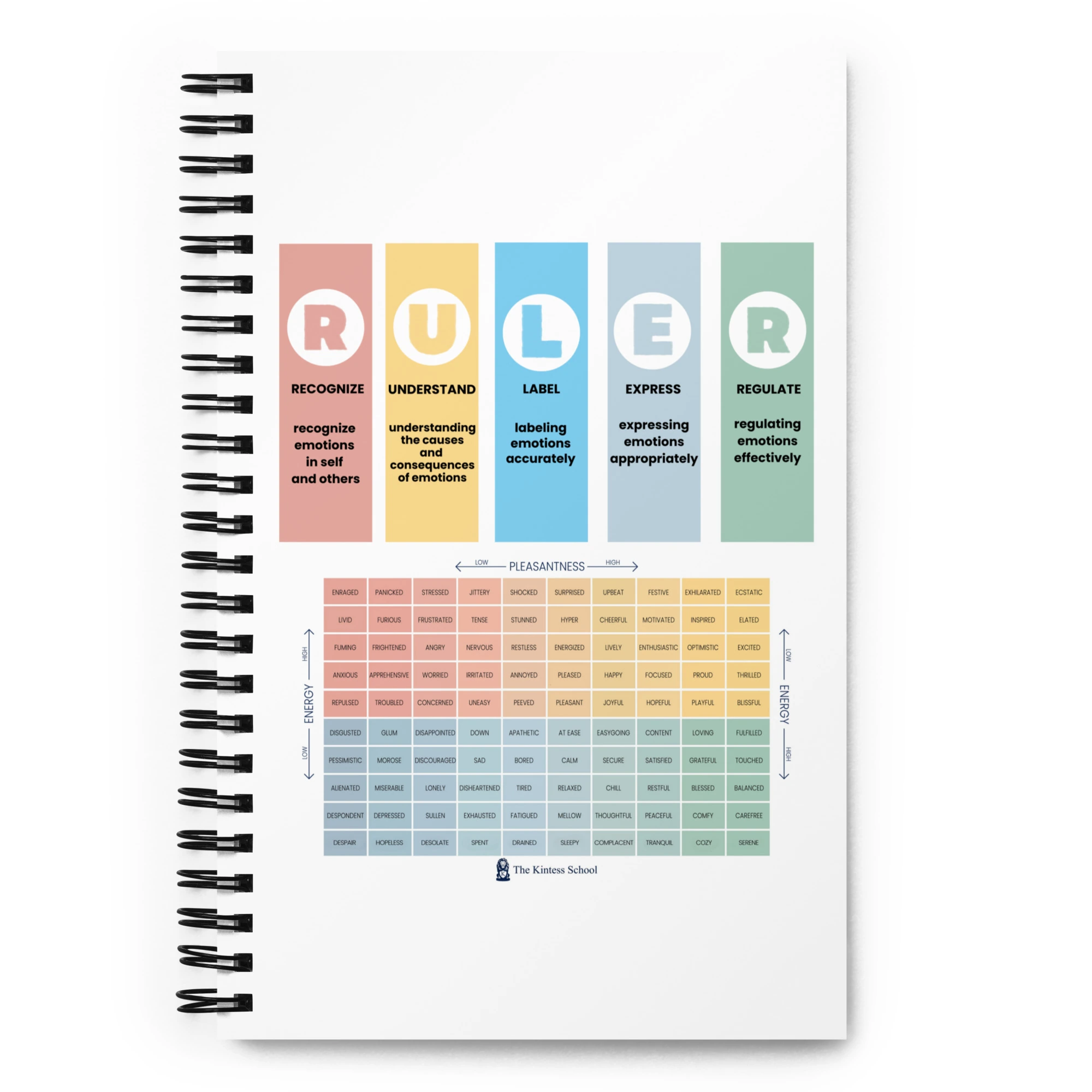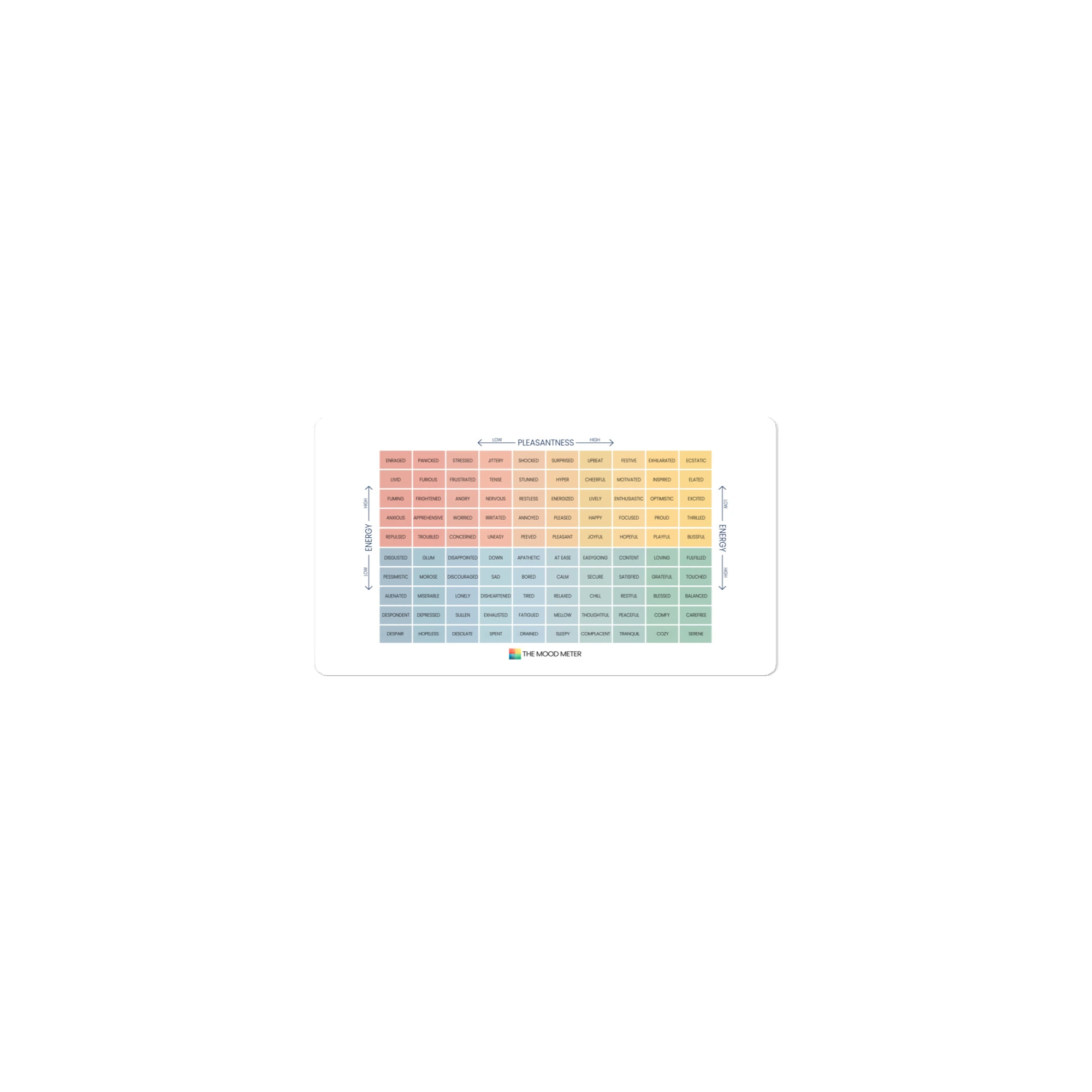Balanced: Meaning, Signs, and Role on the Mood Meter
Definition of Balanced
To be balanced is to feel centered and steady, emotionally and mentally. Unlike high-energy positive moods such as ecstatic or exhilarated, balance is calmer and rooted in stability. It reflects a sense of being in control, neither overwhelmed nor lacking energy. For a closely related feeling, explore Calm—another Green Quadrant mood that deepens understanding of steady, pleasant emotions.
On the Mood Meter, balanced belongs in the Green Quadrant because it is pleasant and supportive while maintaining low-to-moderate energy. On the Mood Meter, balanced belongs in the Green Quadrant because it is pleasant and supportive while maintaining low-to-moderate energy.
Examples of Balance in Daily Life
Balanced moods can be found in everyday experiences:
-
A student feels balanced after completing assignments on time.
-
A parent maintaining balance while juggling work and family responsibilities.
-
An athlete feels balanced after combining training with adequate rest.
-
A professional balancing deadlines with personal well-being.
-
An individual practicing mindfulness and feeling steady throughout the day.
These examples show that balance is not about perfection; it is about managing responsibilities, emotions, and energy effectively. You can also learn about using the RULER Method and Mood Meter in everyday life to maintain balance throughout the day.
Context in Which Balance is Felt
Balanced emotions typically arise in contexts of routine, structure, and reflection. They appear when individuals manage stress well, practice self-care, or create harmony between personal and professional life. Balanced moods also emerge during restorative practices such as yoga, meditation, or journaling, where calmness and clarity coexist.
How to Recognize Balanced
Balanced moods are expressed through subtle but clear signs:
-
Physical signs: steady breathing, relaxed posture, calm voice.
-
Facial expressions: soft, content expressions, ease in communication.
-
Thought patterns: clarity, focus, and perspective-taking.
-
Behavior: consistent routines, patient responses, thoughtful decision-making.
When balanced, people show a grounded presence that others find reassuring.
What Balanced Can Be Used For
The state of balance brings numerous benefits:
-
Clarity: Balanced moods support clear thinking and problem-solving.
-
Resilience: Staying balanced helps individuals handle stress effectively.
-
Productivity: Balance allows steady, sustainable progress.
-
Relationships: Balanced people respond with patience and empathy.
-
Health: Emotional balance contributes to reduced stress and better overall well-being.
Balance is not just a mood; it is a foundation for steady growth and meaningful living.
Managing and Cultivating Balanced Moods
Balanced moods can be intentionally nurtured through habits and practices:
-
Mindfulness and reflection: Regular meditation or journaling fosters balance.
-
Healthy routines: Sleep, nutrition, and exercise create physical stability.
-
Boundaries: Saying no when needed prevents overwhelm.
-
Work-life harmony: Prioritizing both professional and personal needs.
-
Perspective-taking: Focusing on long-term goals rather than short-term stressors.
By cultivating these habits, balance becomes a sustainable part of daily life. For practical tools, explore how the Mood Meter works to recognize and manage emotions which provide step-by-step strategies to cultivate this state.
Why Understanding Balanced Matters
Understanding balance is essential for success and well-being. In education, balanced students manage time and stress better, leading to academic and emotional growth. In workplaces, balanced employees are reliable, creative, and collaborative. In families, balance fosters patience, empathy, and healthier relationships. Communities thrive when balance is encouraged, as it promotes cooperation and understanding.
Balanced is a Green Quadrant emotion in the Mood Meter, representing high pleasantness and moderate energy. Learn more about the Mood Meter and how it impacts daily life. It reflects steadiness, harmony, and clarity in daily life. Far from being passive, balance is an active state of managing responsibilities, emotions, and energy wisely. By cultivating balance, individuals build resilience, strengthen relationships, and create a foundation for healthier, more fulfilling lives.
